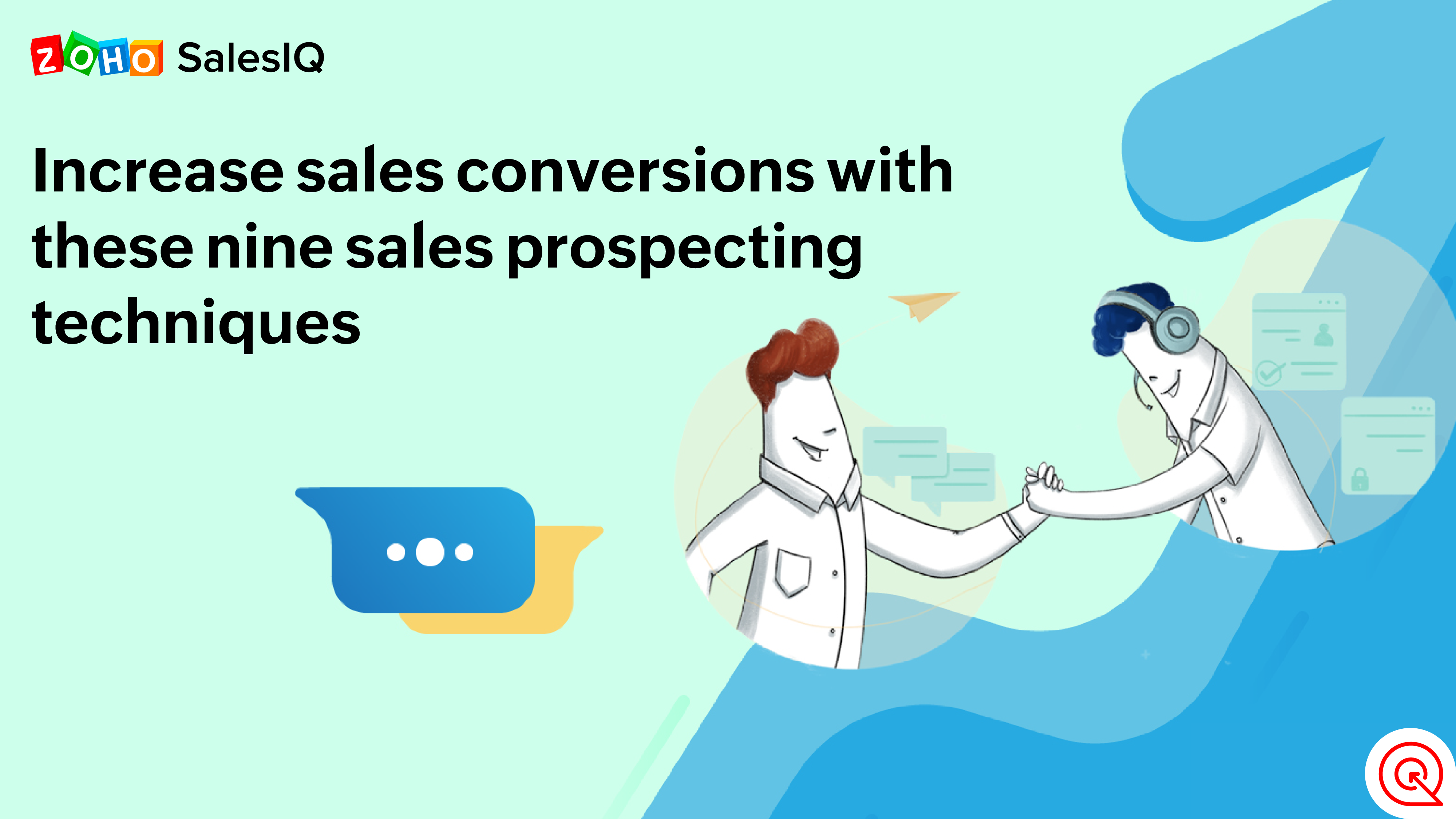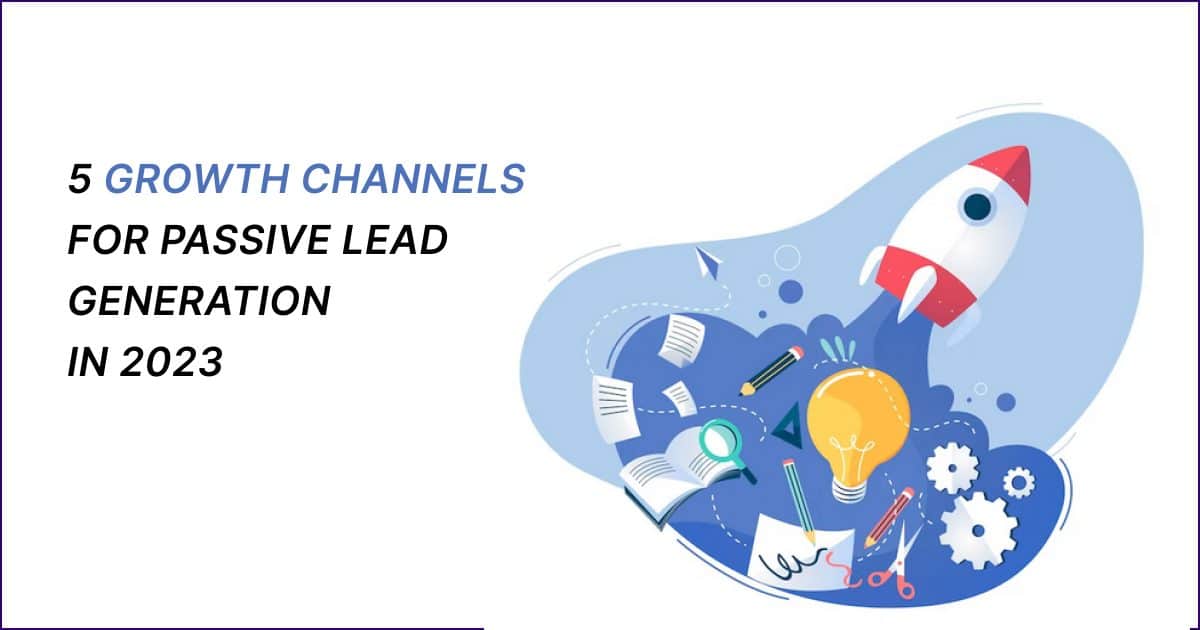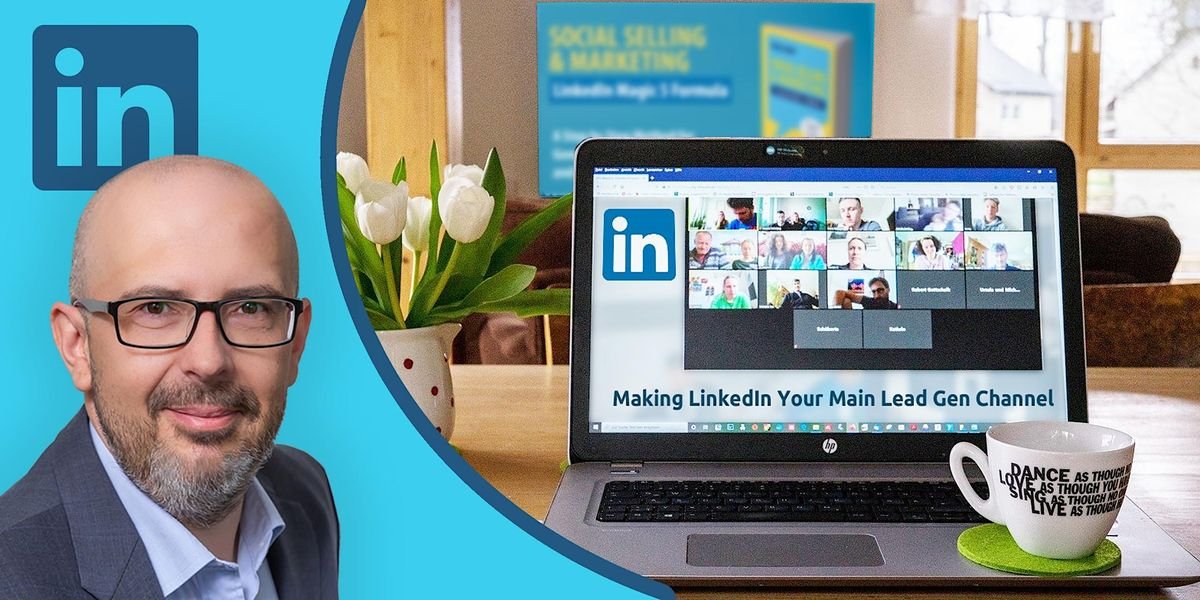Lead generation channels are the different platforms and strategies used to attract potential customers and convert them into leads for a business. These channels include email marketing, content marketing, social media marketing, SEO, PPC advertising, and direct mail campaigns.
Each channel has its own unique advantages and disadvantages and should be chosen based on the target audience and business goals.
1. Organic Lead Generation
When it comes to lead generation, organic methods play a crucial role in attracting and engaging potential customers. Organic lead generation involves leveraging natural, non-paid channels to build brand awareness and attract prospects. Here are some effective strategies for organic lead generation:
1.1 Seo
SEO or search engine optimization is the process of optimizing your website to rank higher in search engine results pages. By using relevant keywords and creating high-quality content, you can improve your website’s visibility and attract organic traffic.
1.2 Content Marketing
Content marketing involves creating and sharing valuable, relevant content to attract and engage a target audience. Well-crafted blog posts, informative infographics, and engaging videos can help position your brand as an authority in your industry, driving organic leads.
1.3 Social Media Marketing
Social media platforms provide an excellent opportunity to connect with your audience and generate leads organically. By sharing compelling content, participating in discussions, and leveraging targeted advertising, you can effectively attract potential leads through social media channels.
2. Paid Lead Generation
When it comes to lead generation, paid channels can be an effective way to reach your target audience and generate quality leads. By investing in paid advertising, you can expand your reach, increase brand visibility, and drive more traffic to your website.
2.1 Google Ads
Google Ads, formerly known as Google AdWords, is one of the most popular paid lead generation channels. With Google Ads, businesses can create and display ads on Google search results pages, as well as on partner websites and platforms within the Google Display Network.
By utilizing Google Ads, you can target specific keywords and demographics to ensure your ads are seen by the right people, at the right time. This powerful advertising platform allows for a high degree of customization, giving you control over your ad copy, budget, and targeting options.
Google Ads also provides valuable metrics and insights, allowing you to track and optimize the performance of your ads. With features like conversion tracking and A/B testing, you can continually refine your campaigns to maximize your return on investment.
2.2 Facebook Ads
Facebook Ads is another popular paid lead generation channel that offers a wide range of targeting options. With over 2.8 billion monthly active users, Facebook provides a vast audience to showcase your products or services to.
Facebook Ads allows you to create compelling ad campaigns that appear in users’ news feeds or on the right-hand side of the Facebook platform. You can target specific demographics, interests, behaviors, and even retarget individuals who have previously visited your website.
Additionally, Facebook Ads offers various ad formats, including image ads, video ads, carousel ads, and more. This flexibility allows you to choose the format that best suits your business goals and captures the attention of your target audience.
2.3 Linkedin Ads
LinkedIn Ads is a paid lead generation channel that specifically targets professionals and business decision-makers. With over 740 million members, LinkedIn provides a unique opportunity to connect with professionals in various industries.
LinkedIn Ads allows you to create sponsored content, text ads, and message ads to engage with your target audience. You can target individuals based on their job titles, company size, industry, and even specific LinkedIn groups they are a part of.
One of the key advantages of LinkedIn Ads is its focus on professional networking and B2B interactions. By targeting professionals on LinkedIn, you can increase the likelihood of generating high-quality leads that align with your business objectives.
3. Referral Programs
A well-executed referral program can be a game-changer for lead generation. By leveraging the power of word-of-mouth marketing, businesses can tap into their existing network of satisfied customers and turn them into brand advocates. Referral programs come in various forms, and each offers its own set of advantages and benefits. In this section, we will explore two popular types of referral programs: incentivized referrals and affiliate marketing.
3.1 Incentivized Referrals
Incentivized referrals are a simple yet powerful way to encourage your customers to spread the word about your products or services. By offering rewards or incentives to both the referrer and the referred customer, you create a win-win situation that motivates people to actively promote your business. These incentives can range from discounts, freebies, or even cash rewards. The key is to make the referral process easy and convenient for your customers, so they are more likely to take action.
Implementing an incentivized referral program involves creating a smooth referral process. This can be done by setting up a dedicated referral platform or using referral software. These tools allow customers to easily share their unique referral links with their contacts via email, social media, or other channels. Additionally, tracking and analytics features help monitor the effectiveness of your referral program and identify top referrers.
3.2 Affiliate Marketing
Affiliate marketing takes referral programs to the next level by establishing strategic partnerships with other businesses or individuals. In this arrangement, affiliates earn a commission for every lead or sale they generate for your business. This model leverages the affiliate’s existing audience or customer base, allowing you to reach a wider market without extensive marketing efforts.
To get started with affiliate marketing, businesses can partner with relevant influencers, bloggers, content creators, or even other companies in complementary industries. These affiliates can promote your products or services through various channels such as blog posts, social media campaigns, or email newsletters. By providing them with tracking links or unique promo codes, you can accurately measure the performance of each affiliate and compensate them accordingly.
It’s important to establish clear guidelines and expectations with your affiliates to maintain consistency in brand messaging and quality. Regular communication, monitoring performance, and providing support will help cultivate a strong affiliate network that consistently drives valuable leads to your business.

Credit: www.zoho.com
4. Email Marketing
Email marketing is an effective lead generation channel that allows businesses to directly target and engage with their audience. Through personalized emails, businesses can build relationships, nurture leads, and convert prospects into customers. In this section, we will explore two important aspects of email marketing: building an email list and email automation.
4.1 Building An Email List
Building a high-quality email list is the cornerstone of successful email marketing. The key is to gather email addresses from individuals who are genuinely interested in your products or services. Here are some strategies to consider:
- Create compelling lead magnets, such as ebooks, whitepapers, or exclusive discounts, that require visitors to provide their email address in exchange.
- Optimize your website with prominent email capture forms, strategically placed on landing pages, blog posts, and the homepage.
- Offer a newsletter subscription option to all visitors, providing valuable content and updates to keep them engaged.
By implementing these strategies, you can steadily grow your email list with relevant leads who are more likely to convert.
4.2 Email Automation
Email automation simplifies and streamlines your email marketing efforts, ensuring that the right message reaches the right person at the right time. This powerful tool can save you time, increase efficiency, and deliver a personalized experience for your subscribers. Here are some key benefits of email automation:
- Segmentation: Divide your email list into different segments based on demographics, interests, or purchase behavior. This allows you to tailor your messages and increase engagement.
- Autoresponders: Set up automated emails that are triggered by specific actions or events, such as welcome emails, abandoned cart reminders, or follow-ups after a purchase.
- Nurturing Campaigns: Develop a series of automated emails that gradually educate and build trust with your leads, guiding them towards making a purchase.
Email automation enables you to deliver relevant content to your subscribers, nurture leads, and ultimately drive conversions. By leveraging this powerful tool, you can effectively scale your email marketing efforts and generate a consistent stream of leads.
5. Events And Webinars
Events and webinars are powerful lead generation channels that can help businesses connect with their target audience, build brand awareness, and drive conversions. Hosting events and conducting webinars offer unique opportunities to engage with potential customers, showcase expertise, and provide value. Let’s take a closer look at each of these lead generation strategies:
5.1 Hosting Events
Hosting events is a fantastic way to bring people together who are interested in your industry, products, or services. By organizing an event, you can create an environment where attendees can network, learn, and explore what your business has to offer.
Here are a few tips for hosting successful events:
- Choose a relevant theme or topic for your event that aligns with your target audience’s interests.
- Promote your event through various channels, such as social media, email newsletters, and industry publications.
- Provide value to attendees by offering informative presentations, workshops, or demonstrations.
- Offer incentives, such as giveaways or discounts, to encourage attendees to engage further with your business.
- Collect contact information from attendees to follow up with them after the event and nurture potential leads.
5.2 Conducting Webinars
Webinars are online seminars or workshops that allow you to deliver valuable content to a targeted audience. They provide an interactive platform for participants to learn from industry experts, ask questions, and engage in real-time.
Consider the following steps when conducting webinars:
- Choose a topic that resonates with your target audience and provides actionable information.
- Promote your webinar through your website, email campaigns, and social media platforms.
- Create engaging and visually appealing webinar slides to keep participants hooked.
- Demonstrate your expertise by delivering a well-prepared presentation with practical insights and examples.
- Engage with participants by encouraging questions, conducting polls, and offering live chat support.
- Record your webinar for future use and share it with those who couldn’t attend.
Both events and webinars provide an excellent opportunity to capture leads and nurture them into loyal customers. Remember to follow up with attendees, provide additional resources, and personalize your communication to keep the momentum going.

Credit: www.velocityconsultancy.com

Credit: www.linkedin.com
Frequently Asked Questions For Lead Generation Channels
What Are Lead Generation Channels?
Lead generation channels are avenues through which businesses attract potential customers. These can include email marketing, social media, content marketing, SEO, and paid advertising. Each channel targets specific audiences to generate leads and drive sales.
What Is The Best Channel For Lead Generation?
The best channel for lead generation varies based on the industry and target audience. However, digital marketing, including SEO, social media, and content marketing, is often effective for reaching and engaging potential leads. It’s important to test and analyze different channels to determine the most successful approach.
What Would Be An Example Of One Of The Lead Generation Channels?
One example of a lead generation channel is email marketing, where businesses send targeted emails to potential customers to encourage them to take action.
What Are The 4 Ls Of Lead Generation?
The 4 Ls of lead generation refer to the stages of converting potential customers into leads. They are: 1) Lead capture – gathering contact information. 2) Lead qualification – assessing if leads match your target audience. 3) Lead nurturing – engaging with leads to build relationships.
4) Lead conversion – converting qualified leads into paying customers.
Conclusion
Businesses today have a plethora of lead generation channels at their disposal. Social media platforms like Facebook and LinkedIn offer the opportunity to connect with a wide audience, while email marketing enables targeted outreach. Additionally, SEO strategies and content marketing prove to be valuable assets in attracting organic traffic.
By diversifying lead generation efforts through these channels, businesses can increase their chances of acquiring qualified leads and ultimately boost their overall success.




